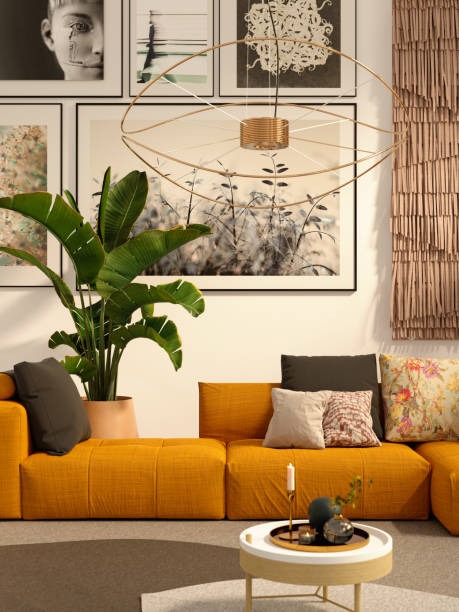The world of interior design is an ever-evolving realm where creativity, style, and functionality meet. Whether you’re a seasoned design enthusiast or someone looking to embark on a new career path, choosing the right educational route is crucial. In today’s digital age, you have two primary options: online and on-campus interior design courses. To help you make an informed decision, let’s explore the pros and cons of each to determine which is right for you.

Online Interior Design Courses
- Flexibility: One of the most significant advantages of online interior design courses is flexibility. You can study at your own pace, allowing you to balance your education with work, family, or other commitments. This flexibility is particularly beneficial for individuals with busy schedules.
- Cost-Efficiency: Online courses often come with a lower price tag compared to on-campus programs. You can save money on commuting, housing, and other expenses associated with attending a physical campus.
- Diverse Resources: Online courses offer a wealth of digital resources, including video tutorials, webinars, and forums. These resources can enhance your learning experience and provide access to a global community of fellow design enthusiasts and professionals.
- Self-Discipline: To succeed in an online course, you need to possess self-discipline and time management skills. Without a set schedule, it’s essential to stay motivated and committed to your studies.
- Limited Hands-On Experience: One drawback of online courses is the limited hands-on experience they provide. Interior design is a tactile profession, and while you can gain knowledge online, practical skills may require additional effort.
On-Campus Interior Design Courses
- Face-to-Face Interaction: On-campus courses offer the advantage of face-to-face interaction with instructors and peers. This direct contact can facilitate quicker learning, immediate feedback, and a sense of community.
- Hands-On Learning: If you thrive in a hands-on learning environment, an on-campus course may be ideal. You’ll have access to design studios, workshops, and physical resources, allowing you to develop practical skills.
- Networking Opportunities: Traditional classroom settings provide excellent networking opportunities. You can build relationships with professors, industry professionals, and fellow students, which can be invaluable for your future career.
- Structured Schedule: On-campus courses typically follow a structured timetable, which can help students stay organized and focused on their studies.
- Higher Costs: Attending an on-campus program can be more expensive due to tuition fees, housing, transportation, and other related expenses.
Conclusion
Deciding between an online and on-campus interior design course ultimately depends on your individual circumstances, learning style, and career goals. If you value flexibility and cost-efficiency, online courses may be the right choice. However, if you thrive on in-person interactions, hands-on experiences, and networking opportunities, an on-campus program might better suit your needs.
Consider what aspects of education are most important to you and weigh the pros and cons carefully. Additionally, some institutions may offer hybrid programs that combine the benefits of both online and on-campus learning. Whichever path you choose, remember that the world of interior design is vast and continually evolving, and your dedication and passion for the field will play a crucial role in your success, regardless of your chosen mode of education.


FREQUENTLY ASKED QUESTIONS (FAQS)
What is the main difference between an online and on-campus interior design course?
Online interior design courses are conducted entirely through the internet, allowing you to study from the comfort of your home. On-campus courses, on the other hand, are taught in a physical classroom setting on a campus.
Are online interior design courses as reputable as on-campus programs?
Many reputable institutions offer online interior design courses that are on par with their on-campus counterparts. It’s crucial to research and choose a well-accredited program, whether online or on-campus.
What are the advantages of taking an online interior design course?
Online courses offer flexibility in terms of scheduling, allowing you to balance your studies with work or other commitments. They also often cost less due to reduced overhead expenses.
What are the advantages of attending an on-campus interior design course?
On-campus programs provide face-to-face interaction with instructors and classmates, fostering a collaborative learning environment. You can access physical resources like libraries and design studios, which may be limited in online courses.
